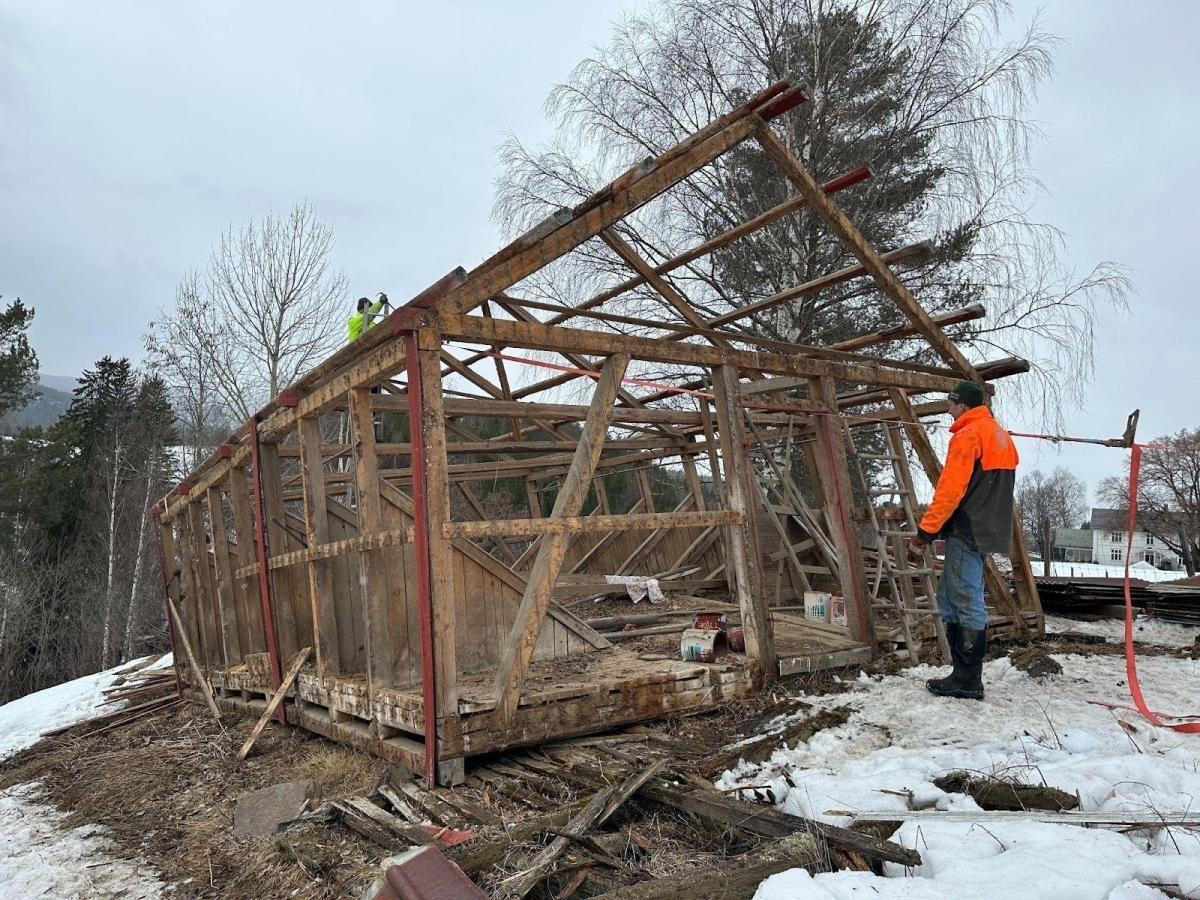Constructing a sustainable future starts today: how the Drastic project can help delay Earth Overshoot Day

A timber barn being dismantled for re-use, as part of Drastic’s Norwegian Demonstrator project.
Horizon Europe’s Drastic project is playing a key part in the drive to delay Earth Overshoot Day via its groundbreaking new Design Guidance and Assessment Framework and multiple European Demonstrator projects.
Today marks Earth Overshoot Day, the date when humanity has consumed nature’s entire annual budget of ecological resources and services, exceeding what the Earth can regenerate in a year. For the construction sector – a major consumer of raw materials and energy – this day serves as a powerful reminder of the urgent need to develop smarter and more sustainable practices for the future.
Drastic: paving the way to Multi-Cycle Sustainability
To delay Earth Overshoot Day, a transition from a linear economy to a more sustainable model, such as one based on circularity, must be made. This approach places emphasis on minimising a single-use design mentality, and instead, retaining the value of materials for as many different life cycles as possible.
The Drastic consortium, under the leadership of coordinating partner VITO, are currently exploring ways to support a Europe-wide transition to more sustainable and circular building practices.
One recent project development is the creation of a Design Guidance and Assessment Framework, which combines aspects of circularity and sufficiency with a multi-cycle life cycle approach (designing products with the intention of extending their useful life through multiple cycles of use, reuse, or refurbishment).
This framework combines existing structures and indicators into a cohesive, practical and user-friendly decision tree and aims to assist building product developers, architects, real estate developers, and environmental assessors in integrating circularity, sufficiency, and multi-cycle sustainability into their design and assessment processes.
Additionally, Drastic has launched five European “Demonstrator” pilot projects which each aim to showcase diverse circular solutions for the built environment.
The Demonstrators’ level of sustainability will be validated using Drastic’s new framework, which will identify key Demonstrator environmental and economic impact areas and support the development of cascading circular strategies, known as ‘R-strategies’ (such as Refuse, Rethink, Reuse, Repair, Recycle), that can be implemented to reduce overall multi-cycle life cycle impacts.
Wai Chung Lam, Sustainability & Circularity Assessment researcher at VITO (and leader of the new framework’s development), said:
"We are combining cutting-edge circular and low-carbon building practices with a strong sustainability and circularity assessment framework. The first results from our Demonstrators are promising, and I am confident that this collaboration can help shift the construction sector toward a more sustainable future, ultimately contributing to delaying Earth Overshoot Day."
From Demonstrators to sector-wide impact
Due to the framework being built on the widely accepted European standard EN 15804+A2:2019, and further enhanced with circular economy strategies, it is widely scalable and can be applied far beyond Drastic’s own Demonstrators.
By helping to identify and prioritise R-strategies, the framework supports smarter resource uses, lower emissions, and less waste. Additionally, if adopted more widely, it has the potential to guide the construction sector towards more circular and resource-efficient approaches, offering a powerful tool for policymakers, designers, and industry stakeholders to implement more sustainable practices at scale.
Over time, a consistent application of this framework and the lessons learned from the Drastic Demonstrators could contribute to delaying Earth Overshoot Day by reducing the environmental footprint of the construction sector across Europe, and beyond.



